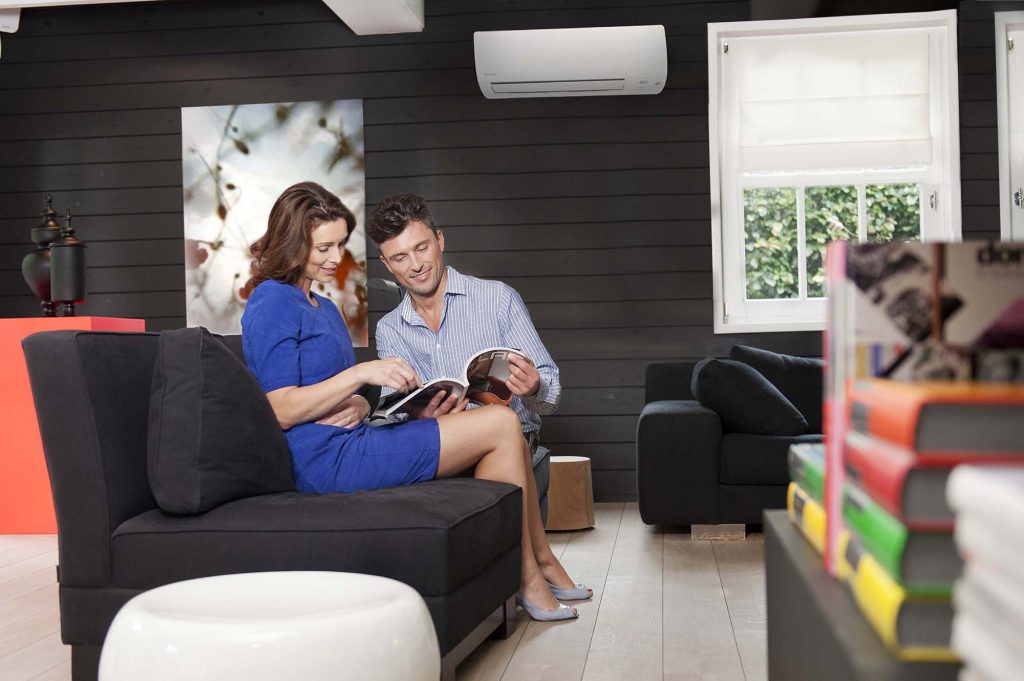Heat pumps are quickly becoming one of the most highly-adopted and efficient sources of home heating and cooling. In fact, a study by IESO found that residential heat pumps can help reduce heating costs by up to 60 percent. With even more importance placed on energy savings these days, it’s no wonder why an increasing number of homeowners have started to look for more information on which heat pump option suits their home best.
You know mini-splits are a popular option, but could a ducted heat pump system work for you as well? With so many models, types and configurations out there, it can be hard to know which is the ideal fit for your house, as well as your heating and cooling needs.
Several factors will determine which heat pump solution is right for you. For example, is your house a bungalow or does it have a very open concept? Do you have a duct system currently in place? Do you want to cool or heat specific rooms within your house at the same time? These factors (along with your budget, of course) will help dictate whether a ducted system or a ductless (mini-split) heat pump is right for you.


